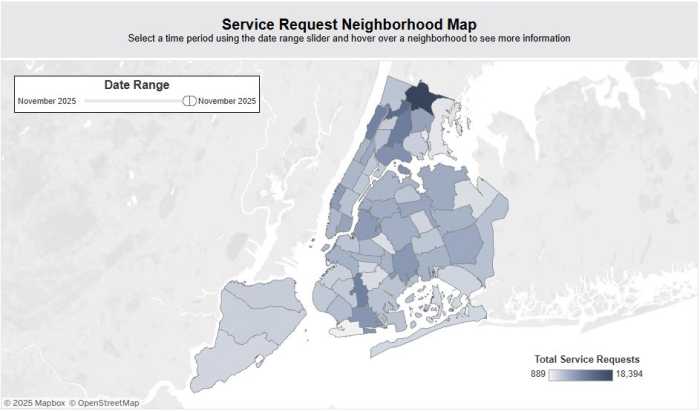By Madina Toure
A Flushing group and the Department of City Planning have teamed up to push forth a project that would redevelop the Flushing waterfront and bring more affordable housing to the area.
In 2011, the Flushing Willets Corona Local Development Corporation received a $1.5 million New York State Brownfield Opportunity Grant to fund its Flushing Riverfront Project, which would clean up and rezone 60 acres on the Flushing waterfront. The project would create a planned community with waterfront access and housing and commercial space.
City Planning decided to combine the corporation’s project into its study of Flushing West, which supports Mayor Bill de Blasio’s 10-year affordable housing plan.
The study area — whose lot area consists of 32 acres — covers Prince Street to Flushing Creek on the west, Roosevelt Avenue on the south and Northern Boulevard on the north.
“This was a great opportunity to join both efforts because the goals were aligned to create a new community and Flushing has a great need for affordable housing,” said Alex Rosa, a project consultant for the corporation.
The agency will put together a brownfield opportunity area report that will explain the challenges and opportunities for redeveloping the area and prepare rezoning recommendations.
“Flushing did have a lot of dynamics to it where it seemed to be growing towards the waterfront and we wanted to combine the idea of the downtown vibrancy, creating new jobs here and new housing and provide a market with a direction that would also include affordable housing,” said John Young, director of the City Planning’s Queens office.
In 2012, members of the Flushing Willets corporation found that the 60-acre area was mostly made up of industrial and unused lots, which could be used for numerous purposes.
In 2004, the city Economic Development Corporation, City Planning and the Downtown Flushing Consultant team released the Downtown Flushing Development Framework.
The framework introduced a land use planning strategy for the future growth and sustainability of downtown Flushing, the Flushing River waterfront and the Willets Point peninsula.
The framework proposed that the city work with state and federal authorities to clean up the Flushing River and restore its tidal wetlands, suggesting the creation of a waterfront promenade and new community open space to help the public access the developing waterfront. It also mentioned a future pedestrian bridge that could
The framework led to the redevelopment of Municipal Lot 1 in the center of downtown Flushing into a mixed-used community with shops, housing and community facilities and Macedonia Plaza, a mixed use development that consists of affordable housing, a community facility space and a retail space.
Three-quarters of the study area is zoned C4-2, or a commercial and residential zone. The northern portion of the study has M1-1 zoning, which is light manufacturing. The northern portion along the waterfront is zoned M3-1, which is heavier manufacturingThe study will be introduced at a public town hall meeting May 21 at 6 p.m. at Flushing Town Hall.
Reach reporter Madina Toure by e-mail at mtour




































